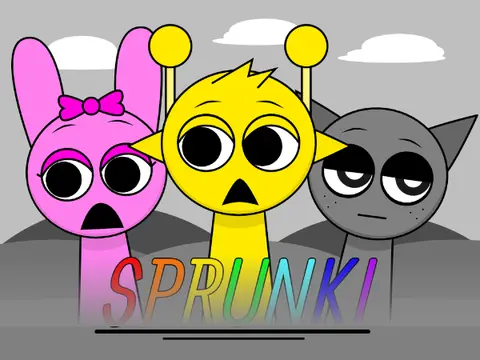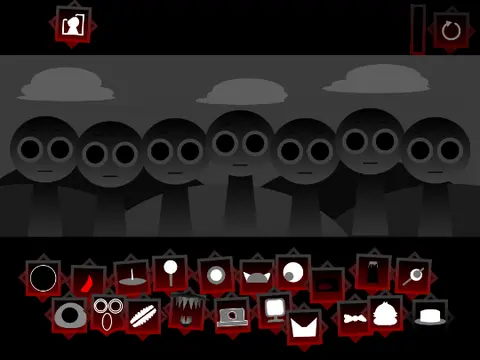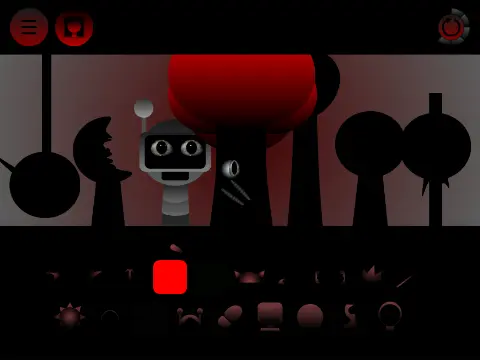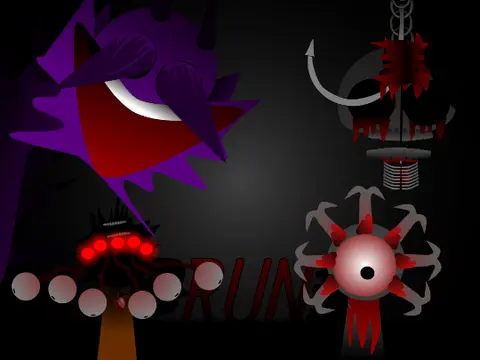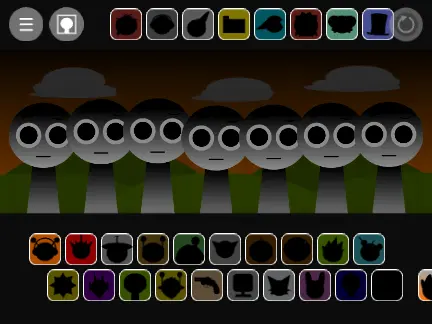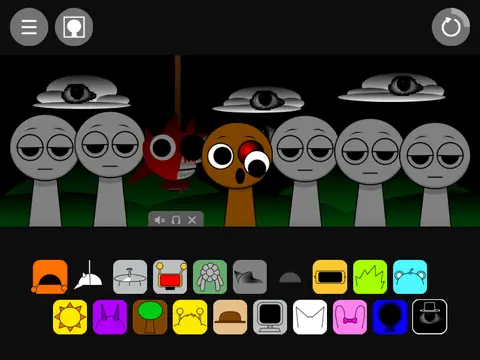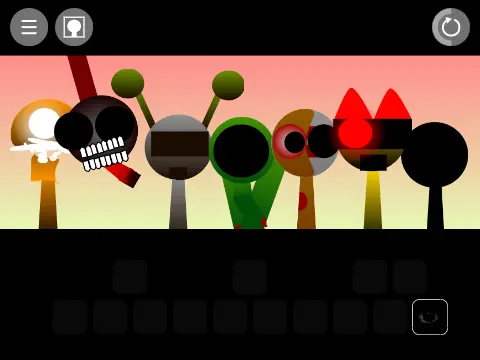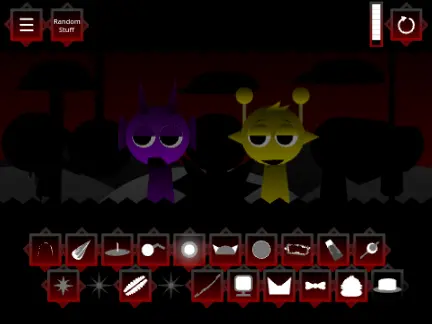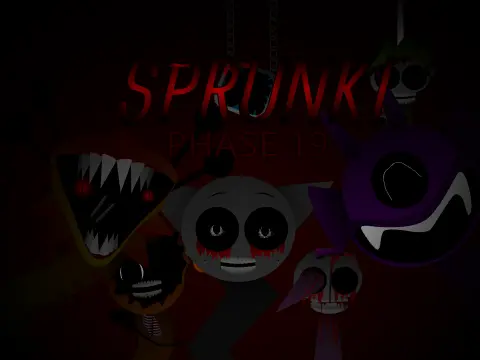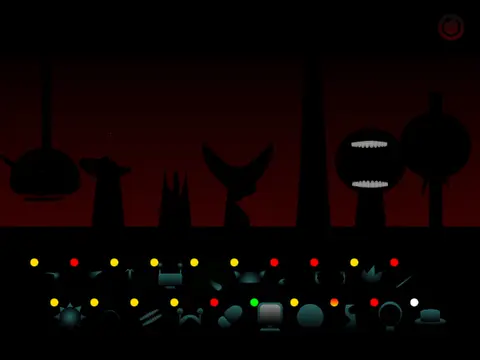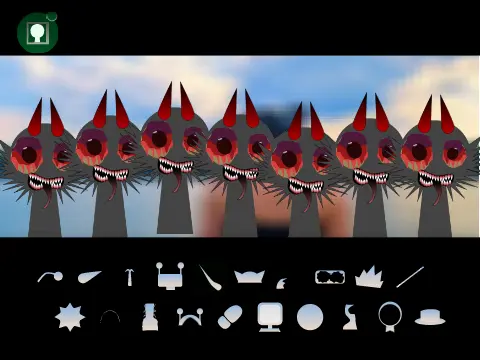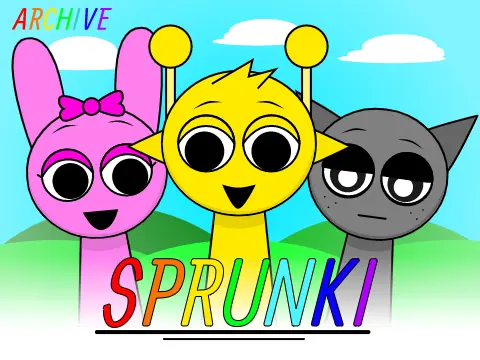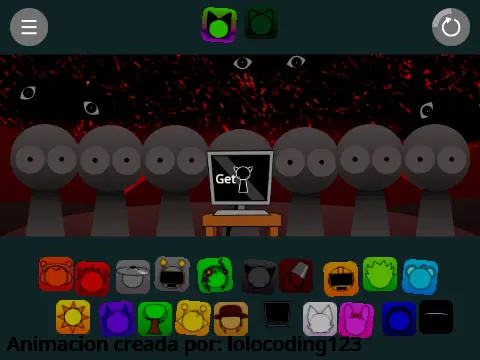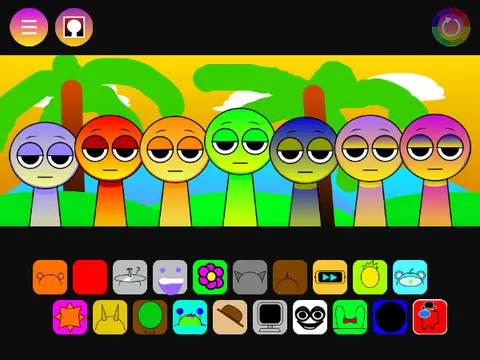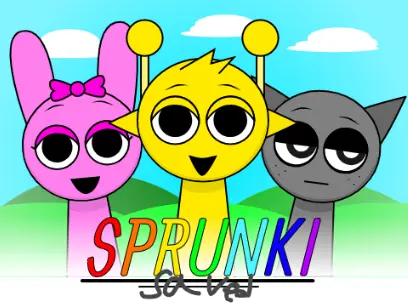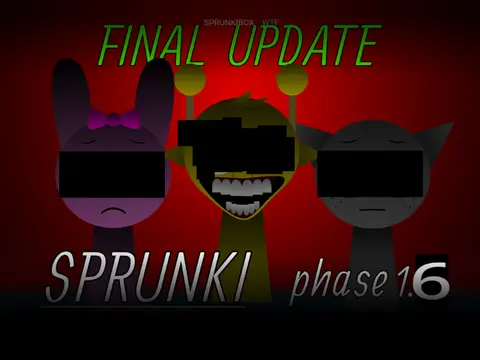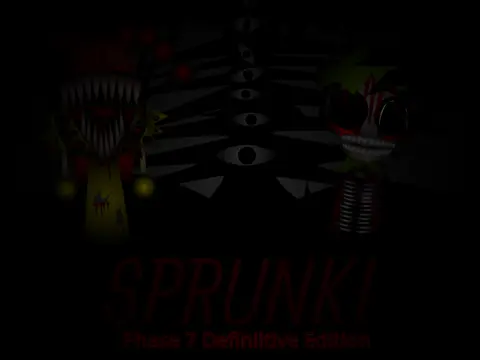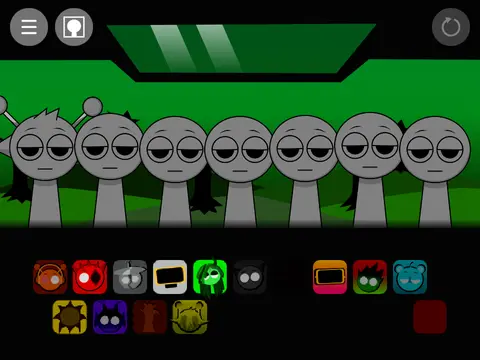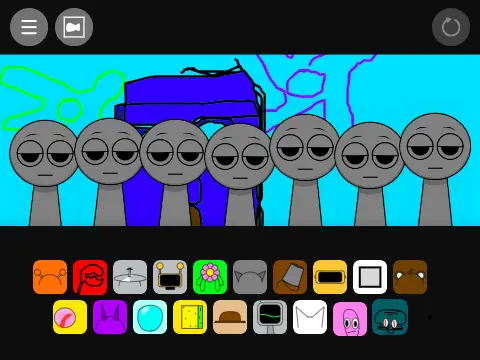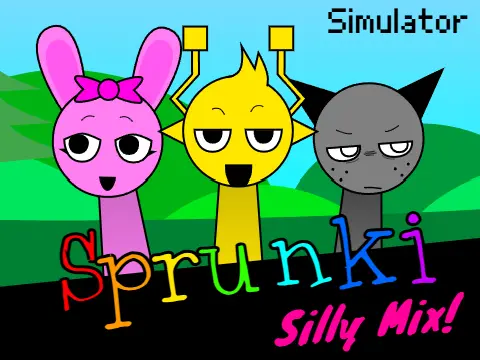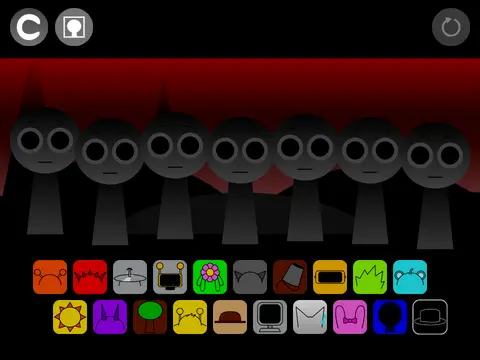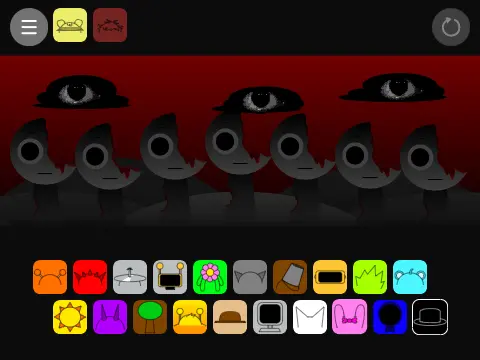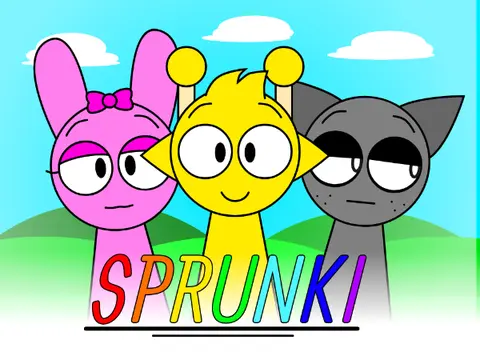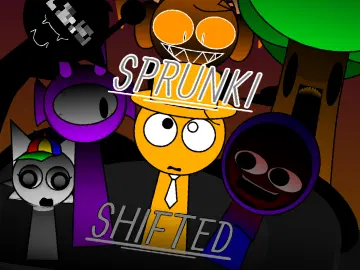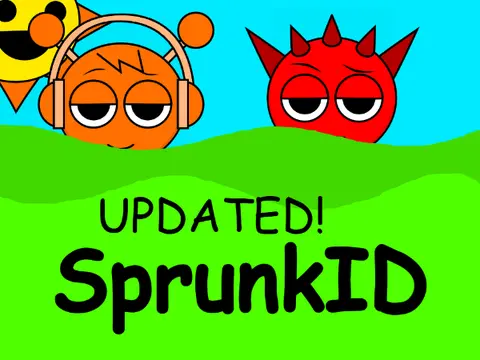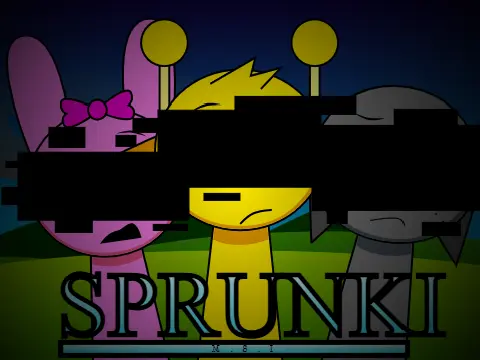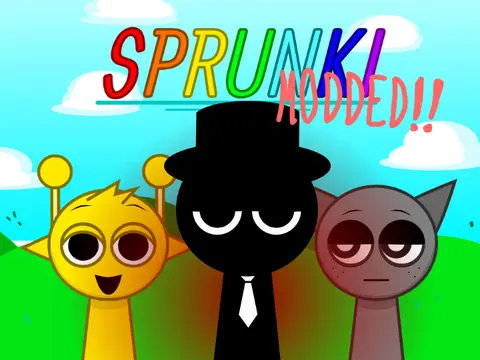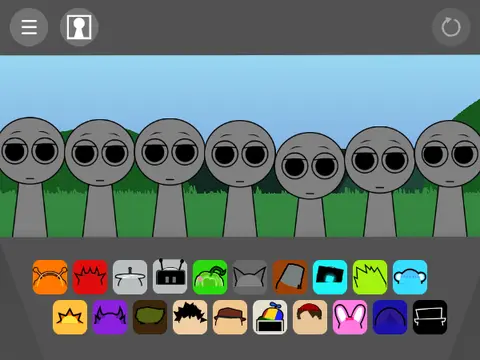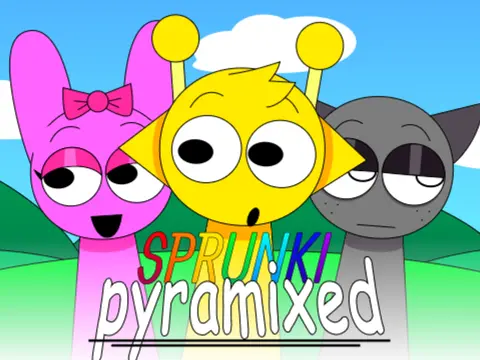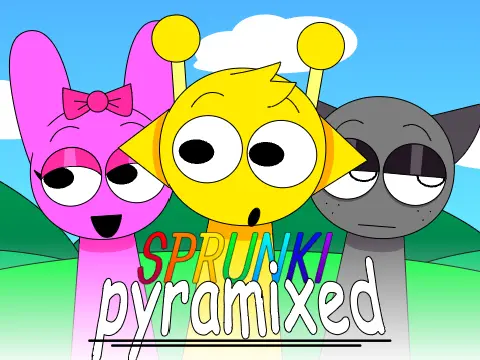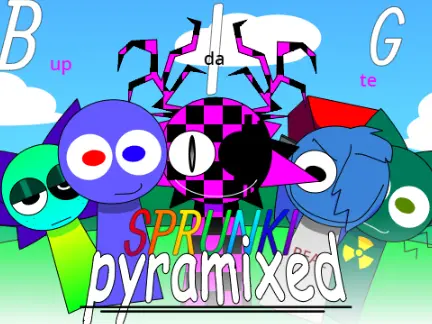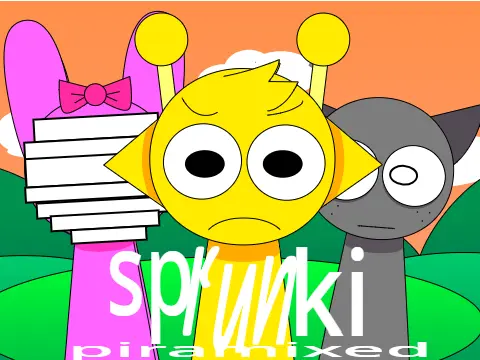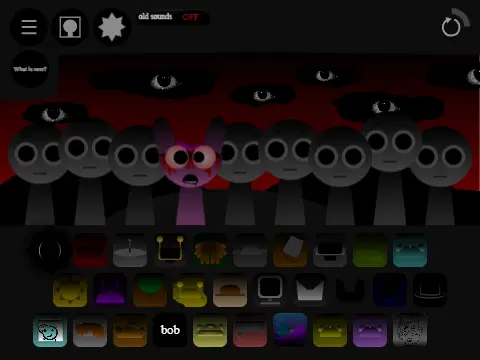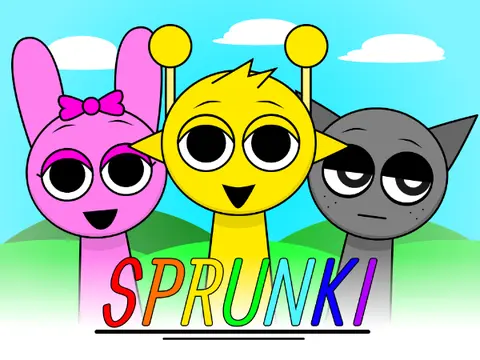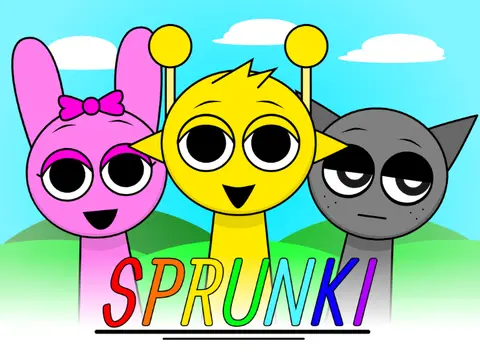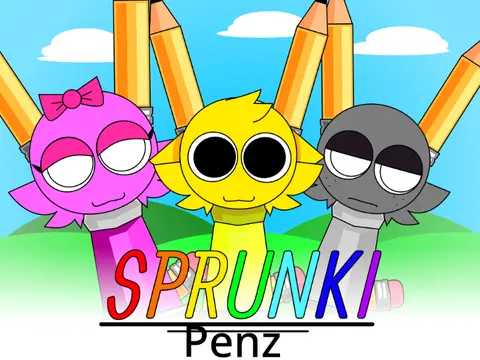sprunki but they lost their colour
What is Sprunki But They Lost Their Colour?
Sprunki But They Lost Their Colour is a unique monochrome variation of the popular music rhythm game that explores musical creation through a grayscale aesthetic. In this version, all characters have lost their vibrant colors, existing in shades of black, white, and gray, which profoundly influences both the visual experience and the audio landscape they produce.
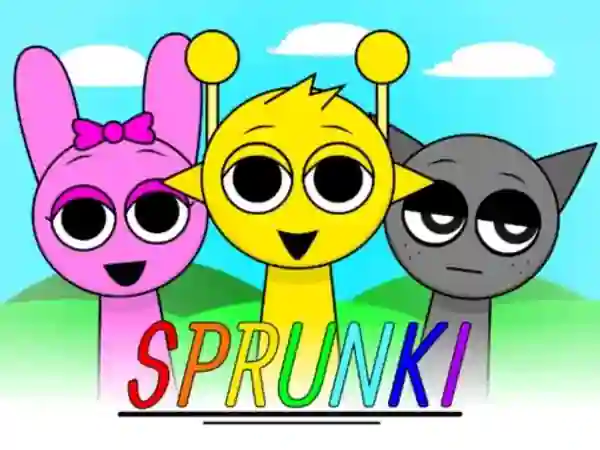
The absence of color isn't just a visual change – it fundamentally alters the sound characteristics of each character. Sounds become more atmospheric, textured, and nuanced, focusing on tonal quality rather than bright, colorful melodies. This creates a more contemplative, atmospheric music creation experience that emphasizes subtlety and depth over immediate catchy hooks.

How does Sprunki But They Lost Their Colour work?
Sprunki But They Lost Their Colour maintains the core gameplay mechanics of dragging characters to stages to create music, but with significant audio modifications tailored to the grayscale theme. Each character produces sounds that reflect their monochrome nature – more ambient, textural, and nuanced than their colorful counterparts.

The game features specialized sound categories designed for atmospheric creation: ambient textures, granular sounds, field recordings, processed acoustic instruments, and vocal fragments. These sounds are less about creating traditional song structures and more about building evolving soundscapes and atmospheric compositions.
Unique to this version is the 'contrast' control, which allows players to adjust the dynamic range and texture density of their compositions. Lower contrast creates subtle, minimal soundscapes while higher contrast produces more dramatic, textured arrangements. This control adds a layer of artistic expression not present in the standard colorful versions.
How to play Sprunki But They Lost Their Colour?
Playing Sprunki But They Lost Their Colour requires a different approach than the standard colorful versions. Embrace the monochrome aesthetic and focus on creating atmospheric, textural compositions rather than traditional songs. Start by selecting a character set that matches your desired mood – some sets focus on calm ambience while others create more tense, dramatic soundscapes.

Begin building your composition with foundation characters that provide basic textures or drones. Add mid-layer characters that contribute rhythmic elements or melodic fragments. Incorporate top-layer characters for occasional accents or highlights. Use the contrast control to balance these layers and create the desired emotional impact.
Experiment with sparse arrangements – sometimes leaving empty slots creates powerful negative space in your composition. Pay attention to how sounds evolve over time, as many characters in this version feature slowly changing textures rather than repeating loops. Save your most effective atmospheric creations and share them with the community that appreciates this more contemplative approach to music creation.

What color is Sprunki But They Lost Their Colour?
As the name suggests, Sprunki But They Lost Their Colour exists entirely in grayscale – shades of black, white, and gray without any chromatic color. This monochrome palette creates a distinctive visual identity that sets it apart from all other versions. The absence of color isn't merely aesthetic; it fundamentally influences the audio characteristics and creative approach.

The grayscale spectrum ranges from pure white to deep black, with numerous intermediate gray values creating visual interest and hierarchy. Character designs emphasize form, texture, and contrast rather than color differentiation. Interface elements follow the same monochrome philosophy, using typography, spacing, and contrast to create usability without relying on color coding.
This deliberate limitation of the color palette paradoxically expands creative possibilities by forcing focus on other design elements. Players learn to appreciate subtle variations in value, texture, and form that might be overlooked in colorful versions. The monochrome approach also creates a cohesive, unified aesthetic that enhances the atmospheric nature of the audio experience.
What makes Sprunki But They Lost Their Colour different from Incredibox?
Sprunki But They Lost Their Colour differs from Incredibox in both philosophical approach and technical execution. While Incredibox focuses on creating upbeat, accessible music with colorful characters, this monochrome version explores more experimental, atmospheric sound creation with a minimalist aesthetic.

The sound library is completely different, featuring ambient textures, processed field recordings, granular synthesis, and atmospheric sounds rather than traditional musical elements. The compositional approach favors texture, space, and evolution over traditional song structure and catchy melodies.
The interface design philosophy embraces limitations rather than abundance. Where Incredibox uses color to differentiate character types and functions, this version uses value contrast, typography, and spatial relationships. This creates a more contemplative, focused experience that appeals to players interested in ambient music, sound design, and experimental composition.
How do I create a Sprunki But They Lost Their Colour soundtrack?
Creating effective soundtracks in Sprunki But They Lost Their Colour requires embracing the atmospheric, textural approach rather than traditional music composition. Start by establishing a foundational atmosphere using characters that produce drones, textures, or environmental sounds. These should create the basic emotional tone of your piece.

Add rhythmic elements sparingly – in atmospheric music, rhythm often appears as pulsed textures or irregular patterns rather than steady beats. Incorporate melodic fragments rather than full melodies, using characters that produce short, evocative phrases that appear occasionally throughout the composition.
Use the contrast control to shape the dynamic evolution of your piece. Consider creating compositions that slowly evolve over time, with sounds gradually emerging, transforming, and fading away. Embrace space and silence as compositional elements – sometimes the absence of sound creates powerful emotional impact.
Finally, listen to your composition in different environments and at different volume levels to understand how it works in various contexts. Atmospheric music often functions differently than traditional music, creating environments rather than commanding attention. Refine your piece based on how effectively it creates the desired atmosphere and emotional response.
